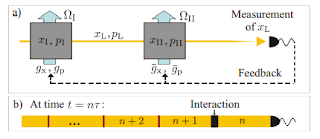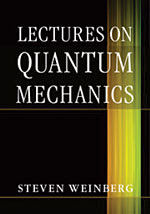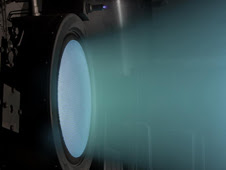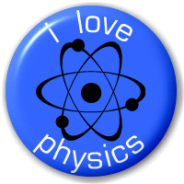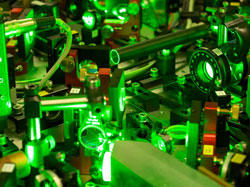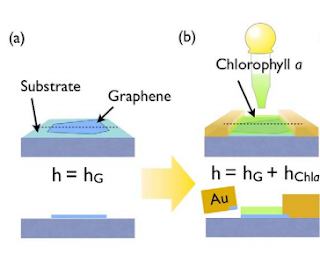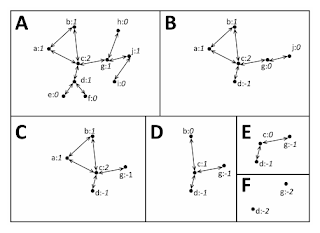 |
| Organizational Relationship and Contact Analyzer - ORCA |
TECHNOLOGY REVIEW: In the last 10 years or so, researchers have revolutionised the way military analysts think about insurgency and the groups of people involved in it. Their key insight is that insurgency tends to run in families and in social networks that are held together by common beliefs.
So it makes sense to study the social networks that insurgents form. And indeed that’s exactly what various military analysts have begun to do, including those in the US Army. A few years ago, a group of West Point cadets and offices developed some software for gathering information about the links between the people who make and distribute improvised explosive devices.
Now the US Army is adapting this technology to help the police tackle gang violence. Damon Paulo and buddies at the US Military Academy at West Point say there are a number of similarities between gang members and insurgents and that similar tools ought to be equally effective in tackling both.
To that end, these guys have created a piece of software called the Organizational, Relationship, and Contact Analyzer or ORCA, which analyses the data from police arrests to create a social network of links between gang members.
Realizing this evolution in technology was inevitable, some of what else the article said disturbed me:
“Police officers working in the district have told us that gangs of Racial Group A are known for a more centralized organizational structure while gangs of Racial Group B have adopted a decentralized model,” say Paulo and co adding that the results of their analysis seem to clearly show this.
The team is currently working to introduce a software in a major metropolitan police department throughout the summer of 2013.
Read that as: New York City, and a "scientific reason" for the continuance of "stop and frisk" and profiling...
Physics arXiv:
How Military Counterinsurgency Software Is Being Adapted To Tackle Gang Violence in Mainland USA
Related link: StreetGangs.com

